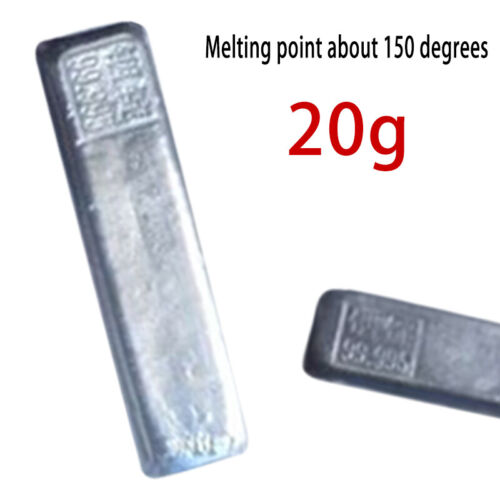Hello,
Fantastic info in the forum but I am a little bit "off the road" and would need some guidance
I need to repair a small lithium pack from my son's mini e-scooter but soon I will have the same problem. I tried to find help locally but the price everyone asks it's crazy, at least 150€ just to see the battery problem; if some cell needs to be replaced it's an extra, if it's the BMS another extra, etc. Since I have some knowledge and access to some tools and machinery I decided to repair/make packs by myself and help other people as well. I found out that many people have their e-scooters at home just because they can't pay for the repair and in some cases, it's 1 burnt cell or 1 wire that went loose, I could help some of these people as well.
I am trying to figure out the best spot-welding machine for my case if I can get some suggestions... Those kits that look cheap won't be cheap because I don't have 3S Lipo cells or a balancer and a decent Lipo + Balancer is above 100€ locally. Maybe the solution could be a standalone welding machine?
Thank's in advance!
Fantastic info in the forum but I am a little bit "off the road" and would need some guidance
I need to repair a small lithium pack from my son's mini e-scooter but soon I will have the same problem. I tried to find help locally but the price everyone asks it's crazy, at least 150€ just to see the battery problem; if some cell needs to be replaced it's an extra, if it's the BMS another extra, etc. Since I have some knowledge and access to some tools and machinery I decided to repair/make packs by myself and help other people as well. I found out that many people have their e-scooters at home just because they can't pay for the repair and in some cases, it's 1 burnt cell or 1 wire that went loose, I could help some of these people as well.
I am trying to figure out the best spot-welding machine for my case if I can get some suggestions... Those kits that look cheap won't be cheap because I don't have 3S Lipo cells or a balancer and a decent Lipo + Balancer is above 100€ locally. Maybe the solution could be a standalone welding machine?
Thank's in advance!


